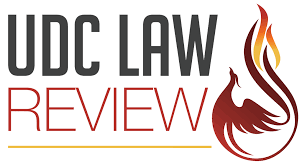
Abstract
In 2020, the Supreme Court held in Bostock v. Clayton County that the “because of sex” protection in Title VII of the Civil Rights Act of 1964 (Title VII) included an individual’s “homosexual and transgender status.”1 This landmark decision expanded employment protections under the law, for the first time providing broad federal protections to sexual orientation and gender identity minorities.2 It was a sweeping decision, granting protections to millions of people.3 Yet many worry the protections are incomplete, for several reasons. First, the Court explicitly used the language “homosexual and transgender,”4 potentially leaving unresolved if other minority sexual orientations and gender identities/expressions are covered. Second, the Court noted that the Religious Freedom Restoration Act (RFRA) might supersede Title VII’s protections in certain instances — but it neither identified any such instances nor directly addressed a religious liberty claim5 — leaving unresolved if such a claim would prevail over Title VII protections. Finally, Title VII’s language and coverage often serves as the model for protections in other areas, such as housing, public accommodations, medical care, and education, showing the need to ensure the protections are robust and solid. Because the antidiscrimination protections extended on the basis of sexual orientation and gender identity are incomplete and potentially tenuous, Congress should act to strengthen and broaden them by certifying the Equal Rights Amendment (ERA)6 or, in the alternative, passing the Equality Act.7.
First Page
21
Recommended Citation
Sarah Blazucki,
The Equal Rights Amendment and the Equality Act: Closing Gaps Post-Bostock for Sexual Orientation and Gender Identity Minorities,
26
U.D.C. L. Rev.
21
(2023).
Available at:
https://digitalcommons.law.udc.edu/udclr/vol26/iss1/4

